McDonnell F2H-3 Banshee Canadian Navy
Production Time 9 to 10 weeks
Shipment is by FedEx, UPS or DHL International Express Courier with a normal door-to-door delivery time worldwide of within 2-3 business days after dispatch. Due to the current volatility of world fuel prices, the amount mentioned here is our best estimate for DHL and UPS and may be subject to change at the time of shipping.

Model Description: McDonnell F2H-3 Banshee Canadian Navy Wood Replica Scale Custom Jet Model
Manufacturer: McDonnell Douglas
Wingspan: 14.7 Inches (37.3 Centimeters)
Height: 5.1 Inches (13 Centimeters)
Scale: 1:34
$239.50
Production Time 9 to 10 weeks
-
United States dollar ($)
-
Pound sterling (£)
-
Euro (€)
-
Australian dollar ($)
-
Canadian dollar ($)
-
Singapore dollar ($)
-
Swiss franc (CHF)
-
Japanese yen (¥)
-
Danish krone (kr.)
-
Hong Kong dollar ($)
-
Norwegian krone (kr)
-
Swedish krona (kr)
-
United Arab Emirates dirham (د.إ)
General Product Description
Our PlaneArt McDonnell F2H-3 Banshee Canadian Navy model exhibits unique, unrivaled quality and detailed design to come as close as possible to the accuracy of the actual plane. It comes as standard with a robust, durable base or stand which is available in a variety of different finishes designed to match your own personal requirements including solid wood, wood with polished metal supports or adjustable wood wall mount and will be ready within about 9-10 weeks from placement of order.
The McDonnell F2H-3 Banshee Canadian Navy model is made of the finest kiln dried renewable mahogany wood (commonly known as Lauan or Meranti) which has undergone many stages of carving and meticulous and careful sanding giving the beautiful, finished museum quality masterpiece. Many collectors and model connoisseurs demonstrate their preference for genuine handmade and hand painted mahogany wood models rather than plastic or die cast (diecast) alternatives due to the overall look and totally different feel of the item - we trust you will find the same. We can however, if required produce the same model in Solid Cast Resin so just click and contact us for further information. Our craftsmen and gifted artisans ensure that our finely handcrafted model airplanes match the precise blueprint details of the original aircraft. The paint scheme, markings and parts are closely matched, reflecting the original aircraft. This stylish top-quality desktop replica model will surely enthrall anyone who receives this as a gift and for sure one of the most appropriate and desirably collectable gifts for any aviation enthusiast or avid military jet aircraft collector whilst also displaying a perfect resemblance to the actual real life version.
There are many types of military jet aircraft, but the basic types are bombers, fighters, fighter bombers, spotter planes, transporters, patrol aircraft, trainers, and reconnaissance and observation aircraft. All these types of aircraft are used for different types of missions. If you're a fan of historic or present-day military aviation, our model aircraft will bring the excitement and character of these aircraft right into your own home.
If you require, we can also make the McDonnell F2H-3 Banshee Canadian Navy model in any other military, government or even private livery or colour scheme you require and if necessary, in a different size or scale. Just click here to contact us with a description or photographs of what you require, and we will let you have a quotation for the necessary customization by return email. We can also make bespoke scale replicas of any other private / civil commercial airliner or airliners, helicopter, glider, gliders with engines, military propeller, warplane jets, biplane, triplane, tail fin, spacecraft, rocket or NASA model you require in any airline, military or civilian livery or colors. We also produce model airships, blimps, dirigibles, blimps, boats, and ship collectibles. Wall plaque or seal for military, government or private customers. Again, by clicking here to contact us just let us know exactly what you need.
As you may or may not be aware the trade name and copyright permissions for this McDonnell aircraft are now under the ownership of the Boeing Company and as such, we are proud to be one of the very few international and fully licensed manufacturers of Boeing solid mahogany wood models. You may be interested to read more about the fascinating background to the famous aviation names now under the Boeing umbrella by clicking on the following “Officially Licensed Product” image below:
The F2H-3 Banshee: Backbone of the Royal Canadian Navy’s Jet Age
The McDonnell F2H-3 Banshee represents a significant chapter in the history of naval aviation, particularly within the Royal Canadian Navy (RCN). As the RCN’s first jet-powered aircraft, the F2H-3 Banshee played a crucial role in transitioning the fleet into the jet age, marking a pivotal shift in naval operations and tactics. This article explores the history, deployment, and impact of the Banshee on the Royal Canadian Navy.
Historical Context:
Developed in the late 1940s by McDonnell Aircraft, the F2H Banshee was an American twinjet fighter aircraft. The F2H-3 variant, specifically designed for carrier operations, featured considerable enhancements over its predecessors, including greater fuel capacity, more advanced avionics, and improved range and armament capabilities. Introduced into the U.S. Navy in the early 1950s, the Banshee quickly demonstrated its robust capabilities as a carrier-based fighter.
Acquisition by the Royal Canadian Navy:
The Royal Canadian Navy acquired the F2H-3 Banshee in 1955 to modernize its air force, particularly to provide a jet-powered capability for its aircraft carriers. The RCN’s primary aircraft carrier during this period was HMCS Bonaventure, and the inclusion of the Banshee significantly enhanced its air defense capabilities. Canada purchased a total of 39 F2H-3 Banshees, marking it as the only operator of the Banshee outside the United States.
Operational Role and Deployment:
The F2H-3 Banshees were primarily used for air defense roles. Equipped with radar and armed with cannons and rockets, they were capable of intercepting and engaging enemy aircraft at significant distances from the fleet. The Banshees were an integral part of the carrier air group, participating in regular exercises and operations to maintain the security of Canada’s maritime approaches.
During their service with the RCN, the Banshees participated in numerous NATO exercises and were involved in several notable deployments. Their ability to operate under harsh weather conditions and from the challenging environment of an aircraft carrier deck proved invaluable in demonstrating Canada’s commitment to NATO and its maritime defense strategy.
Technological Features and Performance:
The F2H-3 was noted for its robust design and reliable performance. Features such as an all-weather radar system made it a formidable asset for the RCN. With a top speed of over 580 miles per hour and equipped with four 20 mm cannons, the Banshee could engage a variety of targets effectively. Its operational ceiling exceeded 48,000 feet, providing a strategic advantage in intercept missions.
Challenges and Retirement:
Despite its capabilities, the F2H-3 Banshee faced challenges during its service with the RCN. Technological advancements in aviation rapidly outpaced the Banshee, with newer aircraft featuring better speed, maneuverability, and more advanced electronic systems. By the mid-1960s, the emergence of missiles and faster jets rendered the Banshee less effective compared to contemporary aircraft.
The F2H-3 Banshees were retired from active service in 1962, as the RCN began to phase out its fixed-wing aircraft operations from carriers. The retirement of the Banshees marked the end of an era and preceded the eventual decommissioning of HMCS Bonaventure in 1970.
Legacy:
The F2H-3 Banshee holds a special place in Canadian naval aviation history. It helped bridge the gap between propeller-driven aircraft and the jet age, laying the groundwork for future developments in Canadian naval operations. Today, the legacy of the Banshee is preserved in several museums across Canada, where they serve as a testament to a transformative period in military aviation.
Conclusion:
The McDonnell F2H-3 Banshee was more than just a piece of military hardware; it was a symbol of modernization and a tool of national security during a critical period of the Cold War. Its contribution to the Royal Canadian Navy remains a significant part of Canada’s military heritage, reflecting both the challenges and achievements of a bygone era in naval aviation.
| Weight | 6 kg |
|---|---|
| Dimensions | 17 × 14.7 × 5.1 in |
Be the first to review “McDonnell F2H-3 Banshee Canadian Navy” Cancel reply
Similar Models
Military Airplanes - Propeller
Helicopters
Military Airplanes - Jet
Private & Civilian
Military Airplanes - Jet
Military Airplanes - Jet
Military Airplanes - Jet
McDonnell Douglas CF-18 Hornet Canadian Air Force 410 Cougars
Military Airplanes - Jet
Military Airplanes - Jet
Military Airplanes - Jet
Military Airplanes - Jet
Military Airplanes - Propeller
Military Airplanes - Propeller
Military Airplanes - Propeller
Military Airplanes - Propeller
Military Airplanes - Propeller
Military Airplanes - Jet
Private & Civilian
Military Airplanes - Propeller
Tail Shields & Flashes, Plaques & Seals
Military Airplanes - Jet
Military Airplanes - Propeller
Military Airplanes - Propeller
Military Airplanes - Jet
Military Airplanes - Jet
Military Airplanes - Jet
Military Airplanes - Jet
Private & Civilian
Military Airplanes - Jet
Boeing C-17 Globemaster III Canada – Royal Canadian Air Force
Military Airplanes - Jet
Private & Civilian
Private & Civilian
Private & Civilian
Private & Civilian
Private & Civilian
Military Airplanes - Jet
Military Airplanes - Jet
Military Airplanes - Jet
Helicopters
Military Airplanes - Jet
Military Airplanes - Jet

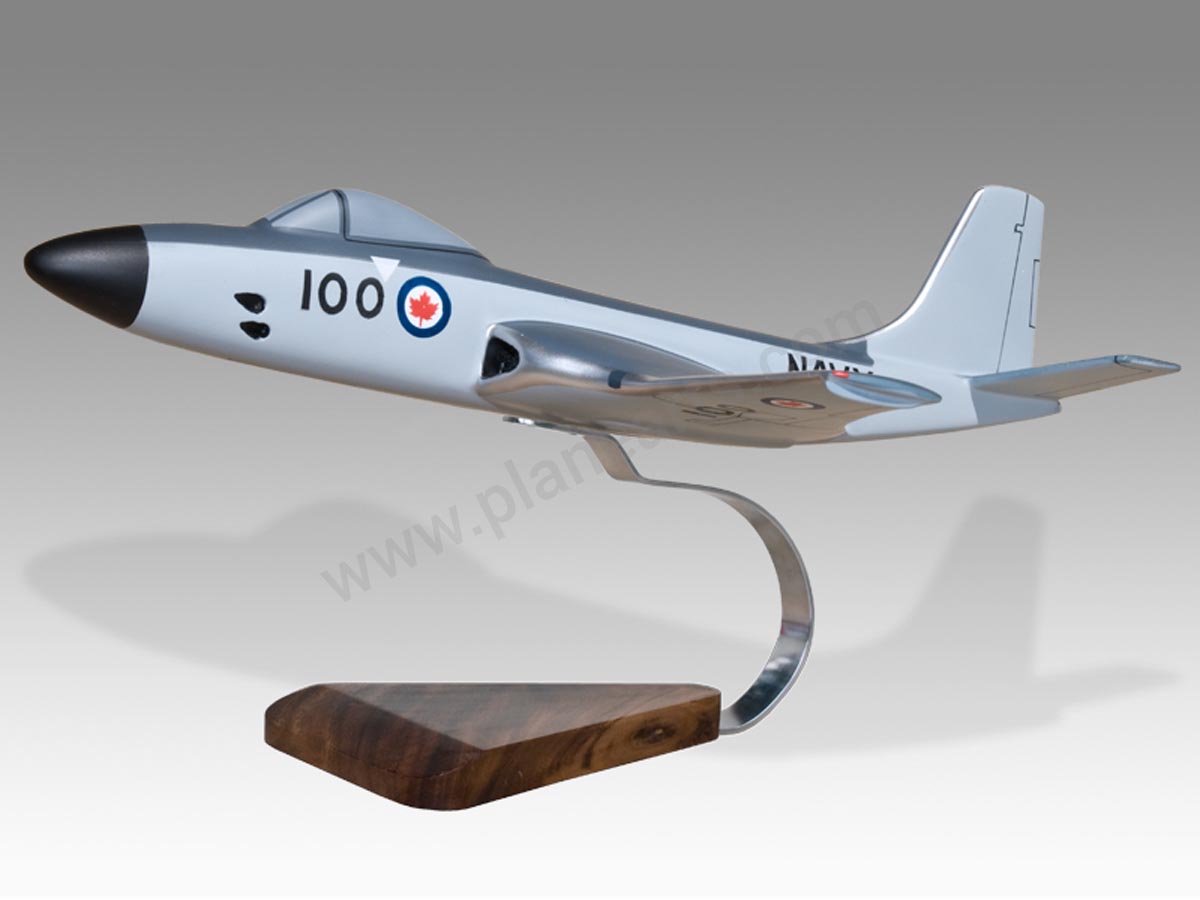
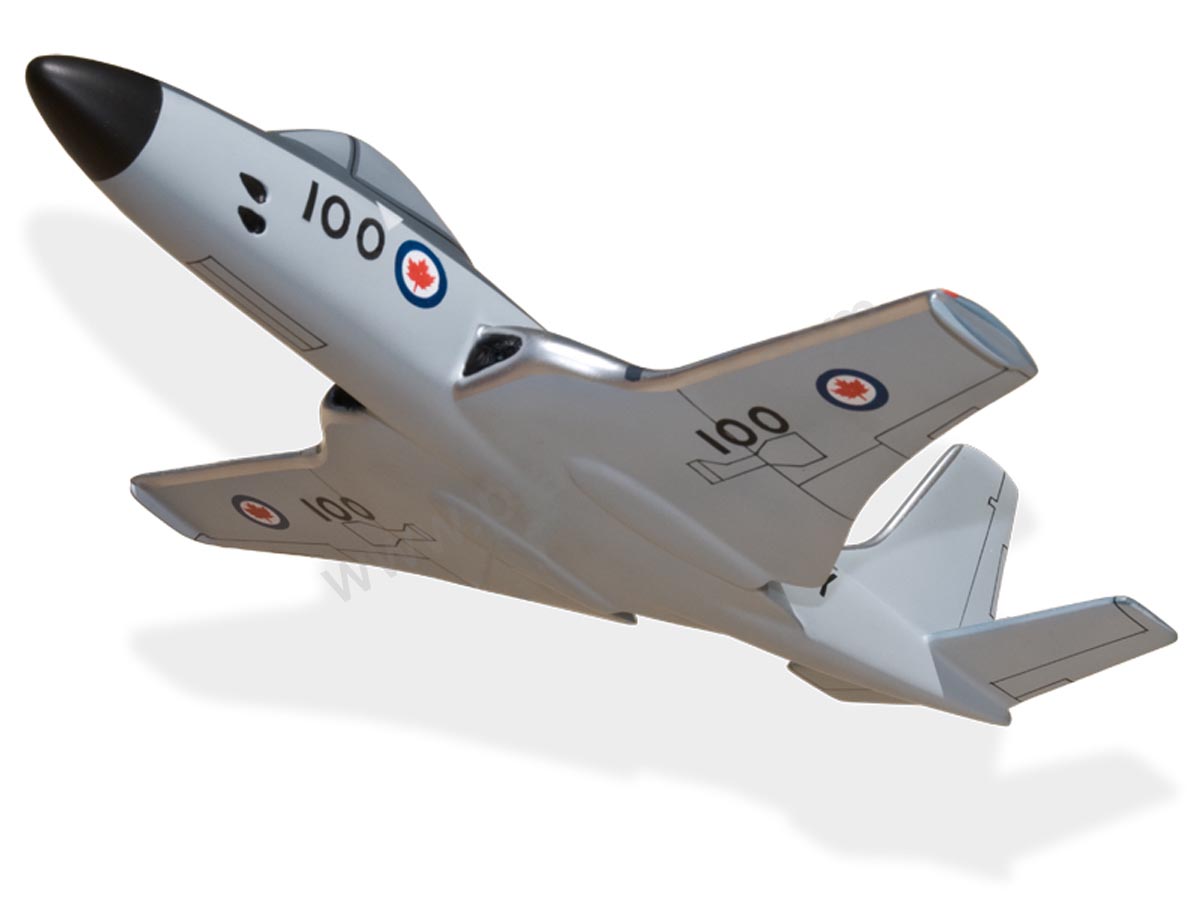
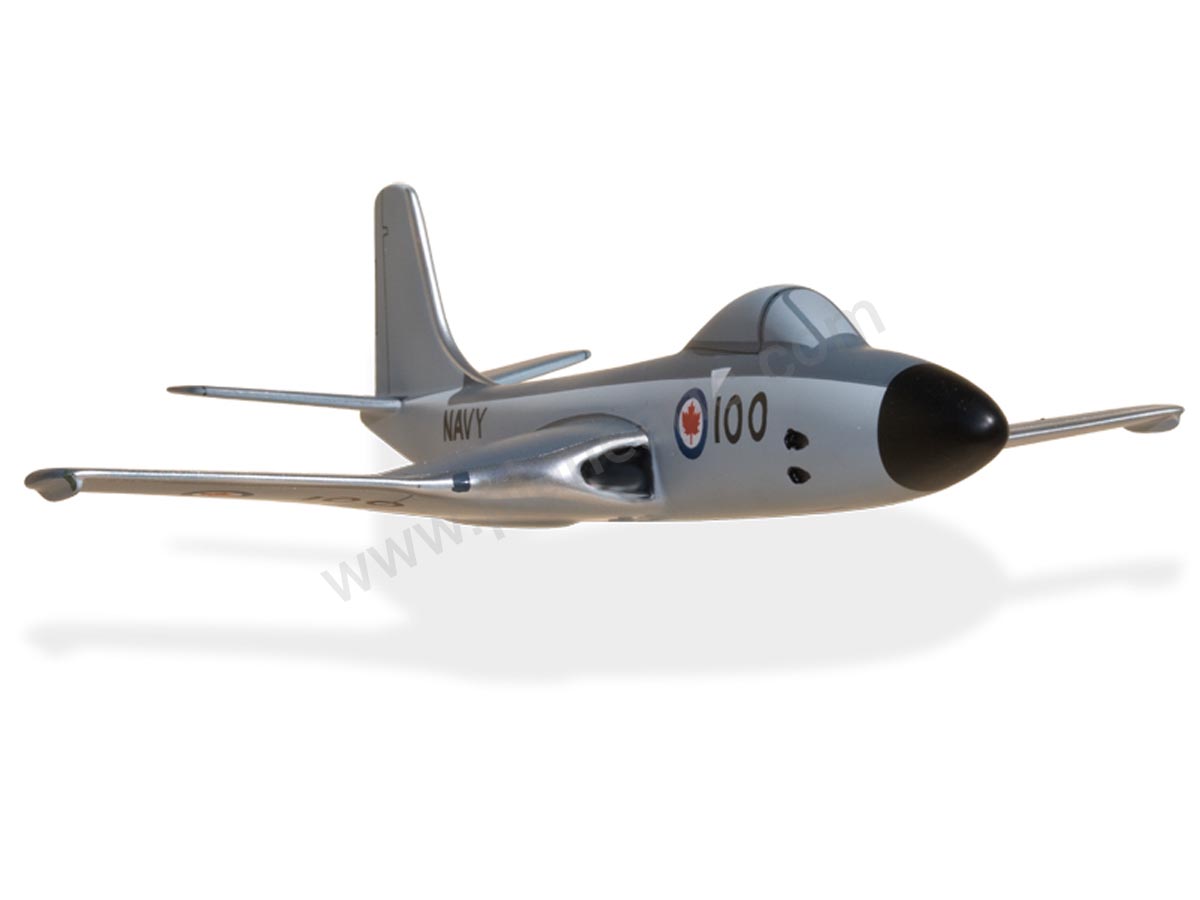
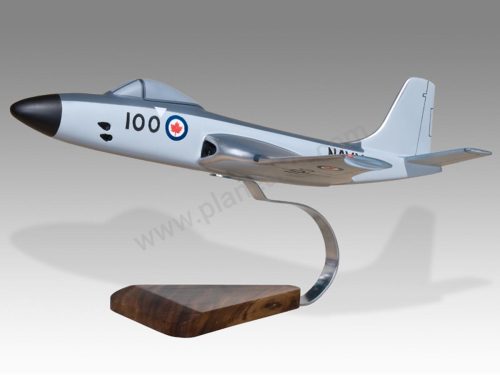
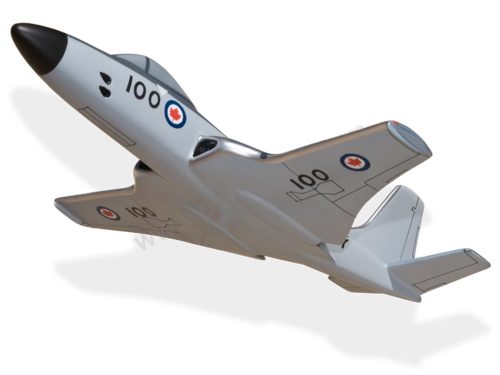
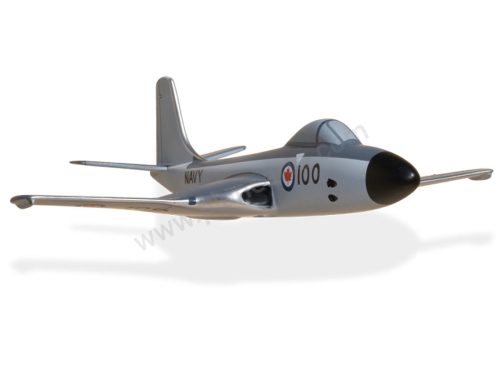
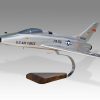
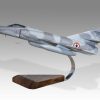

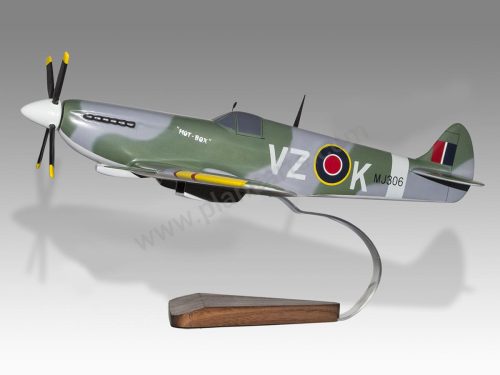


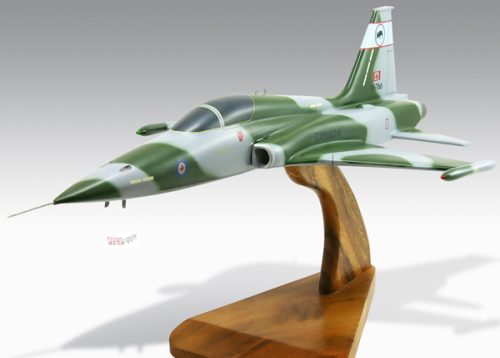
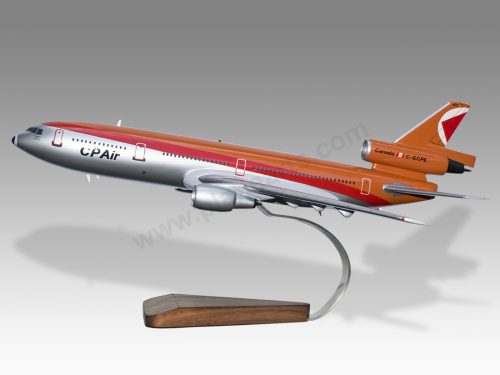
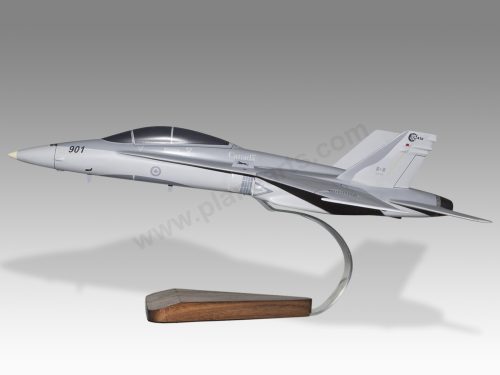

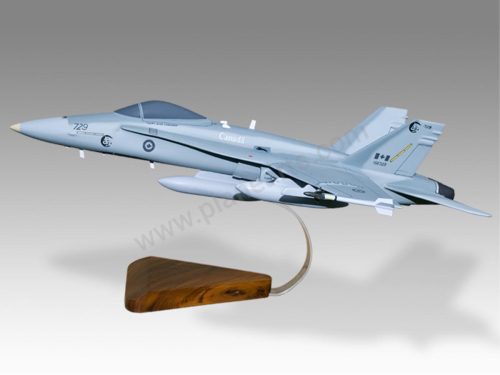
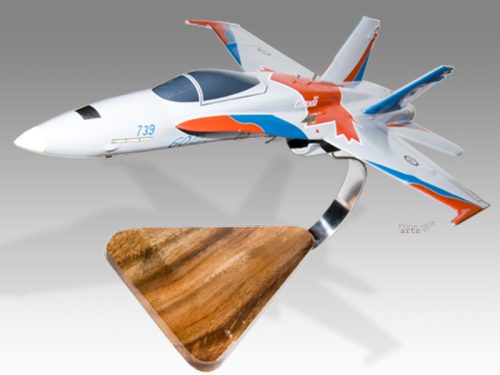
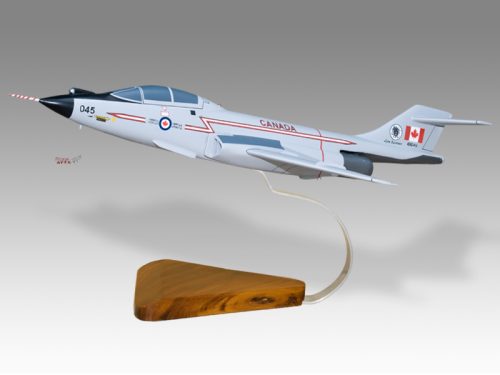

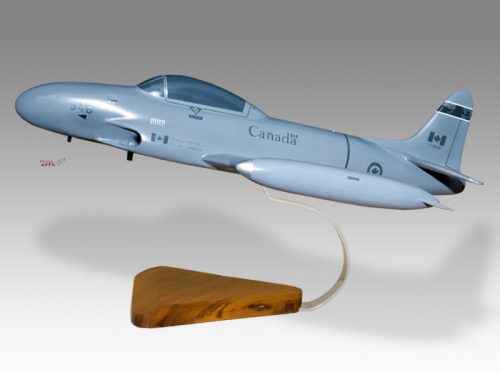
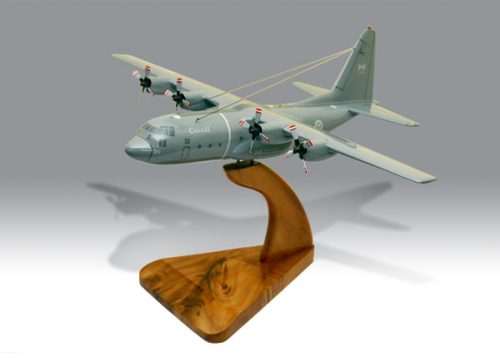

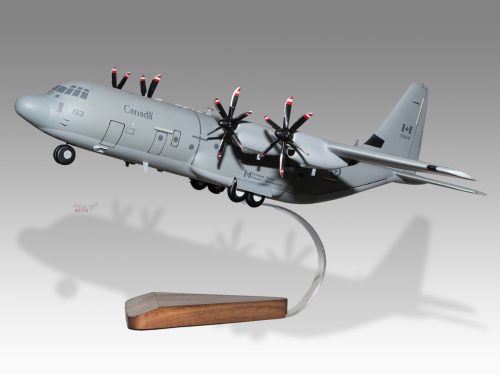
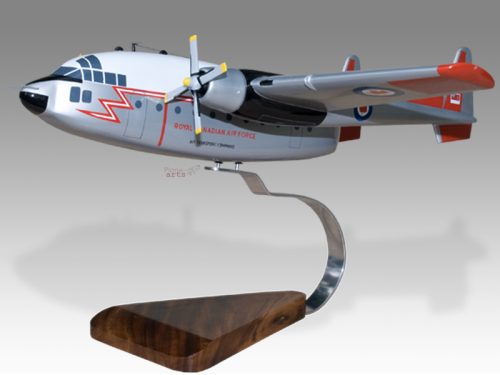
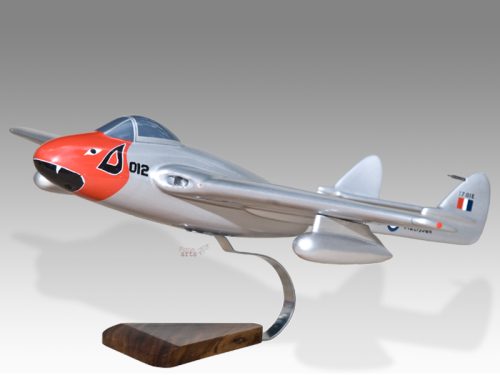


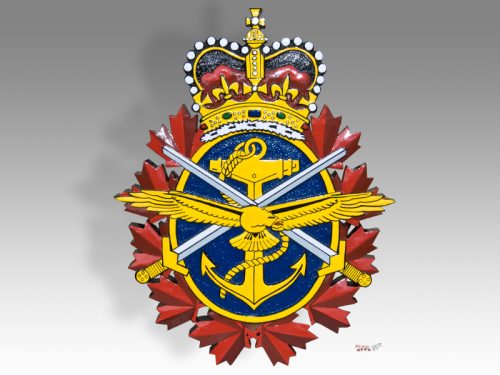
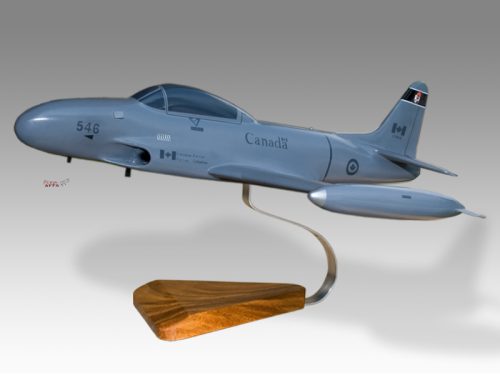
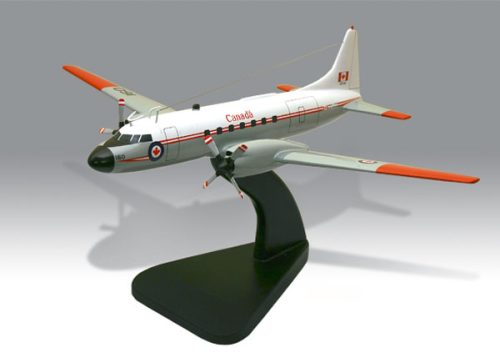

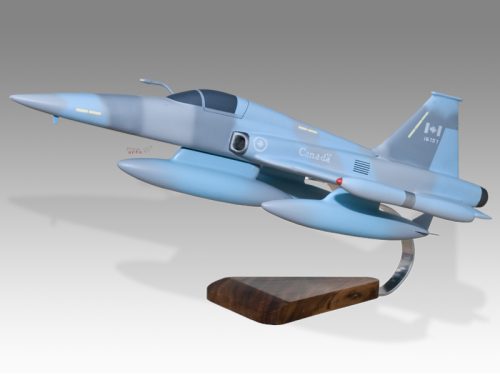
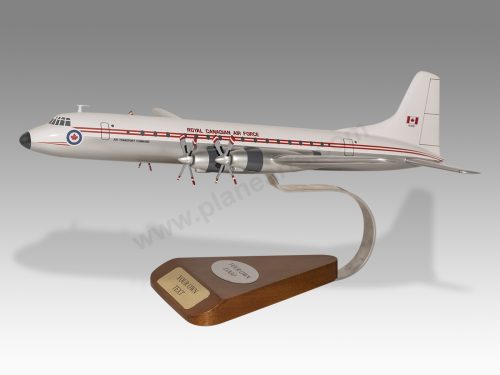


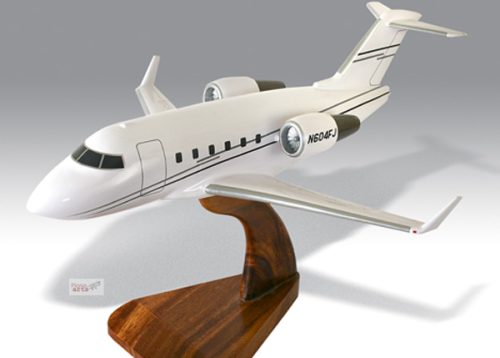
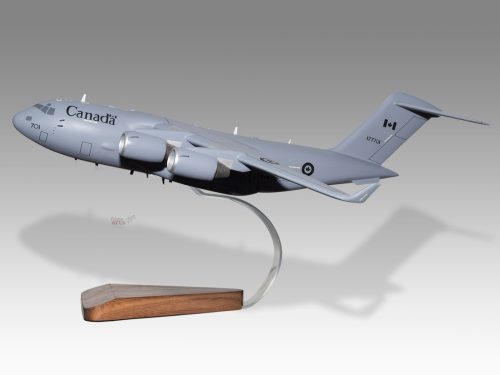
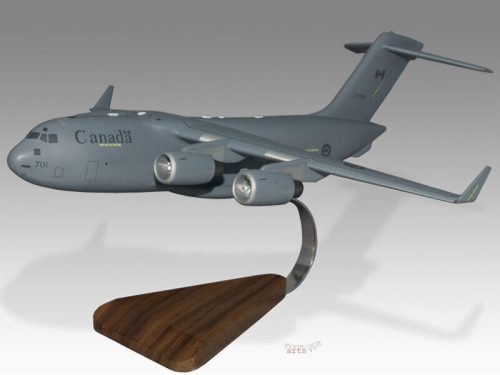
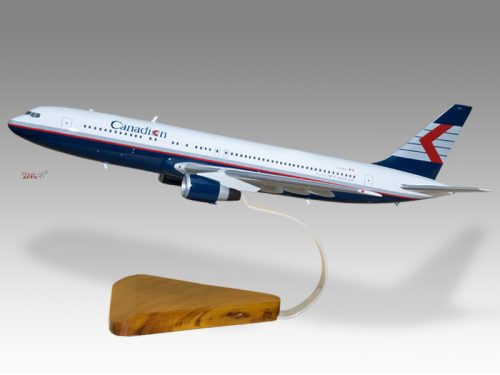
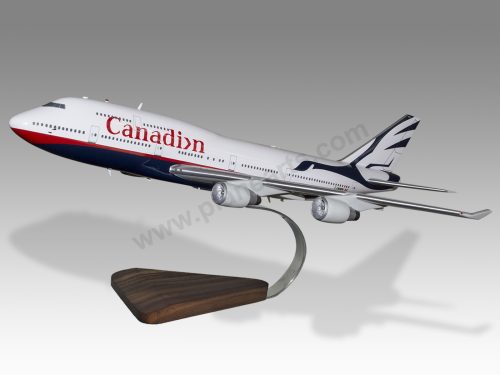
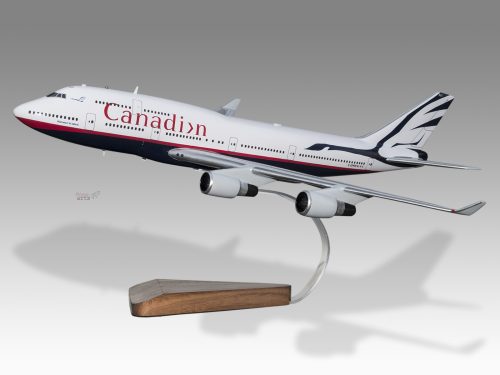

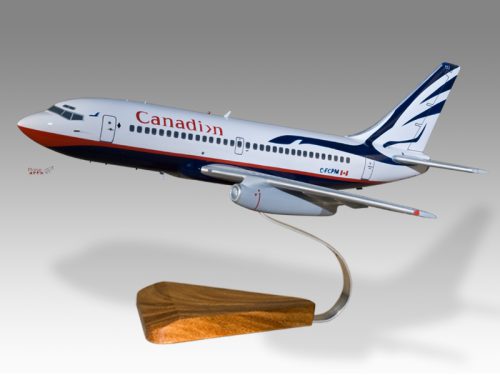
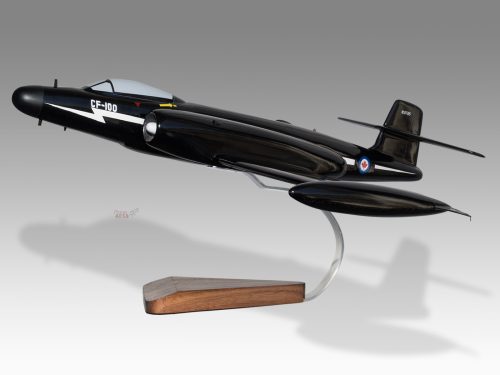
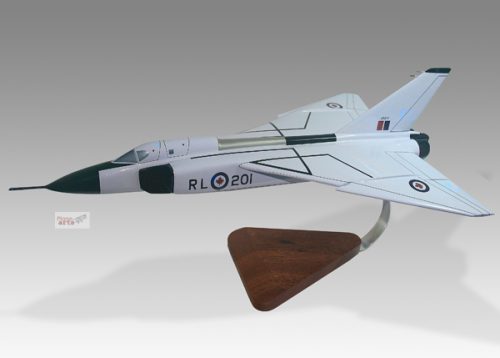
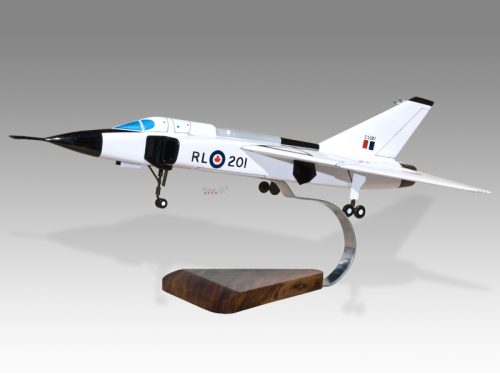
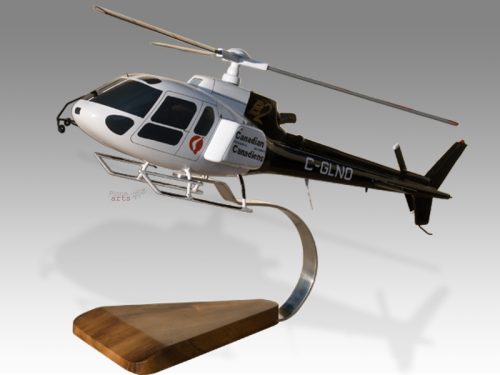
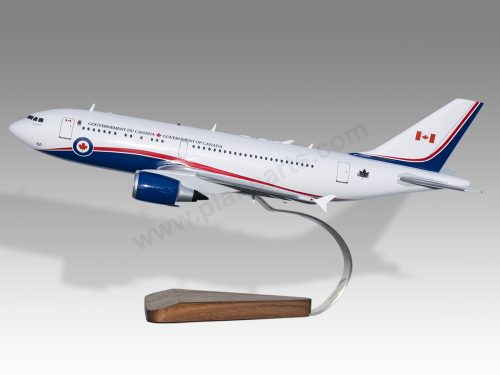

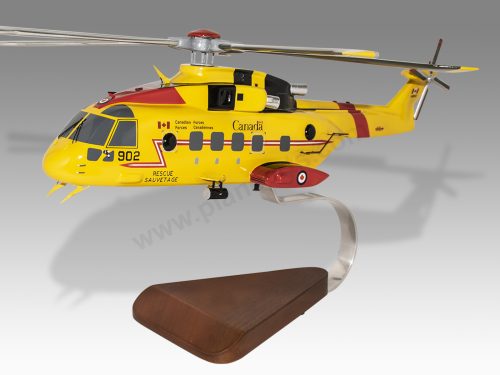
Reviews
There are no reviews yet.